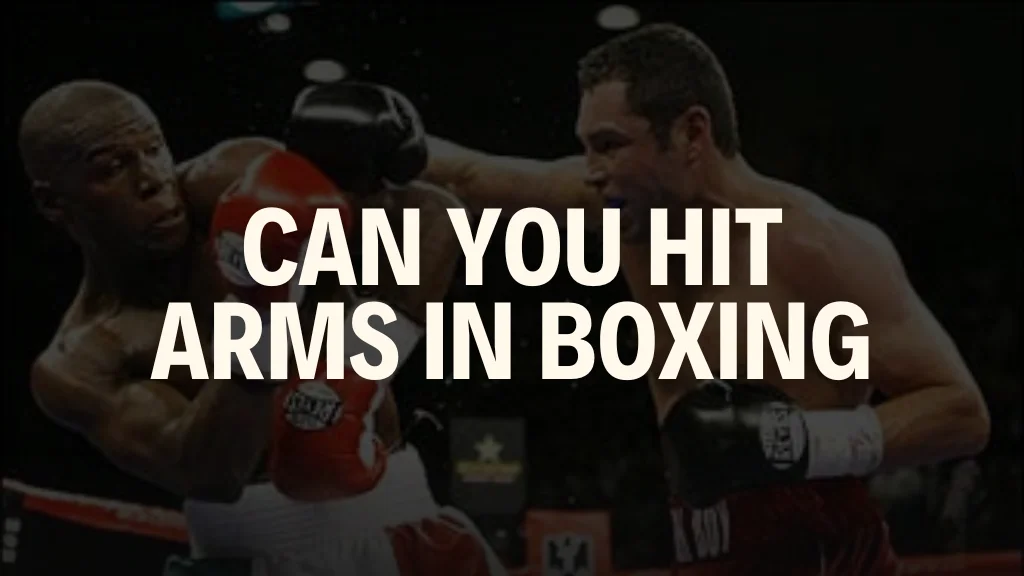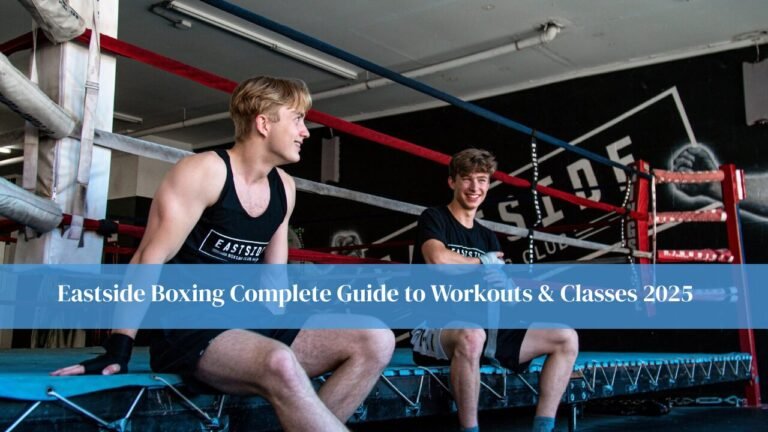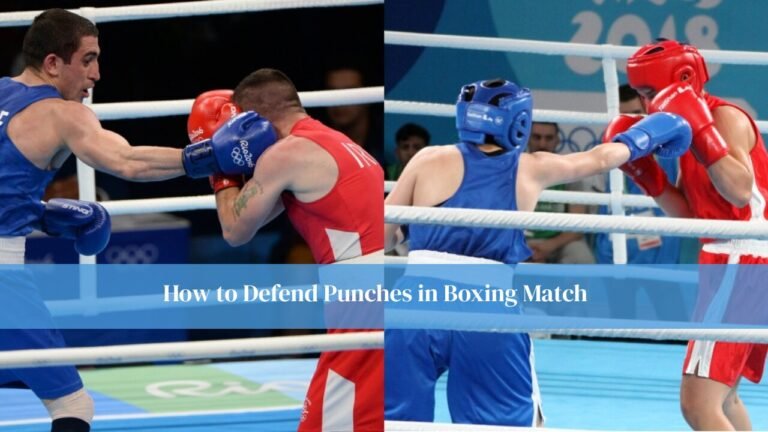Boxing, a sport revered for its combination of strength, strategy, and skill, continues to captivate audiences worldwide. Central to the sport are its rules and techniques, which not only ensure fair play but also add layers of strategy to each match. A common question among enthusiasts and practitioners alike is: Can You Hit Arms in Boxing? This article delves into this intriguing aspect of boxing, exploring the rules, techniques, and implications of targeting an opponent’s arms.
The Role of Arms in Boxing
In boxing, arms are not just tools for offense but also crucial for defense. Boxers use their arms to block, parry, and evade attacks. The positioning and movement of the arms are integral to a boxer’s strategy, influencing both their defensive capabilities and offensive opportunities. For instance, maintaining a high guard protects the head and torso but may leave arms exposed, which opponents can take advantage of.
Arms also play a vital role in feints and setups. Experienced fighters can manipulate their opponent’s reactions by using subtle arm movements to disguise their true intentions. This dynamic makes the arms both a shield and a signal, emphasizing their importance beyond simply throwing punches.
Can You Hit Arms in Boxing
Yes, hitting the arms is a permissible and commonly used tactic in boxing. While the primary targets are the head and body, strategically hitting the arms can wear down an opponent, potentially lowering their guard and creating openings for more decisive blows. However, this strategy is not without its drawbacks.
Techniques for Hitting Arms
In the world of boxing, targeting an opponent’s arms is a nuanced strategy that demands precision, timing, and a deep understanding of boxing mechanics. While the primary focus in boxing is often on landing hits to the head and body, striking the arms can be an effective way to disrupt an opponent’s rhythm, tire them out, and create openings for more significant attacks. Here, we delve into several techniques that professional boxers use to effectively target the arms.
-
The Jab to the Leading Arm
This is perhaps one of the most straightforward yet effective techniques for arm hitting. A quick jab to your opponent’s leading arm (usually the left arm for an orthodox boxer and the right arm for a southpaw) can interrupt their offensive actions, potentially throwing off their balance and timing. It’s a tactic that requires speed and accuracy to execute without leaving yourself open to counterattacks.
-
The Hook to the Guarding Arm
Another effective technique is the hook to the guarding arm. This can be particularly useful when your opponent has a tight guard. Throwing a hook with enough force can push their arm into their face, disrupting their guard and potentially causing them to rethink their defensive strategy.
-
Uppercuts to the Lower Part of the Arm
Delivered correctly, an uppercut to the lower part of your opponent’s arm (near the elbow) can be quite jarring. It can also reduce their ability to throw strong punches if their arm starts to tire or hurt from the repeated blows.
-
Overhand Punches to the Shoulders/Upper Arms
Overhand punches that target the shoulders or upper arms can be effective in wearing down an opponent, especially in the later rounds of a fight. These punches can decrease the mobility and speed of the opponent’s punches, especially if they start to feel the buildup of lactic acid in their muscles.
-
Feinting and Striking the Arms
Sometimes, the mere act of feinting can open up opportunities to strike the arms. A boxer might feint a head or body shot, prompting the opponent to raise their guard, only to follow up with a quick strike to the arms. This not only physically impacts the opponent but can also mentally throw them off, making them second-guess their defensive moves.
-
Combination Punches with Arm Strikes
Integrating arm strikes into combination punches can be a smart tactic. For instance, a boxer might throw a one-two combination (jab-cross) aimed at the head or body, followed by a quick hook to the opponent’s arm. This combination can catch the opponent off-guard and effectively integrate arm hits into a broader offensive strategy.
-
Counter Punching the Arms
This involves using your opponent’s momentum against them. When they throw a punch, instead of blocking or evading, you strike their arm. This not only disrupts their attack but also can cause them to think twice before throwing another punch, as they risk getting hit on the arm again.
Impact on Opponent’s Performance
Strategically hitting an opponent’s arms can have a significant impact on their performance. It can lead to fatigue, reduced defensive capability, and even pain or injury, affecting their overall strategy and ability to fight effectively. However, boxers must also be prepared for counter-strategies.
Injury Risks and Prevention
While hitting the arms is a legal tactic, it carries a risk of injury, both to the striker and the recipient. Common injuries include bruises, strains, and, in some cases, fractures. We’ll discuss how boxers can practice this technique safely and minimize injury risks.
Psychological Aspect of Hitting Arms
Targeting an opponent’s arms can also have a psychological impact. It can be a demoralizing tactic, causing frustration and mental fatigue. We’ll explore how boxers can use this to their advantage and how they can develop a strategic mindset to employ this tactic effectively.
Conclusion
Hitting arms in boxing is a legal and strategic practice that can influence the outcome of a match. It requires skill, precision, and an understanding of both the physical and psychological aspects of boxing. As the sport continues to evolve, so will the techniques and strategies employed by boxers around the world.
FAQs
-
Is hitting arms in boxing considered a foul?
No, hitting arms is not considered a foul in boxing. It is a legal and strategic tactic used by boxers.
-
How can boxers protect their arms from being targeted?
Boxers can protect their arms by maintaining a tight guard, using head movement to evade punches, and being aware of their opponent’s strategies.
-
What are some effective counter-strategies against arm hits?
Effective counter-strategies include blocking with the opposite arm, slipping or rolling with the punches, and countering with quick and accurate counter-punches.
Related Post:




